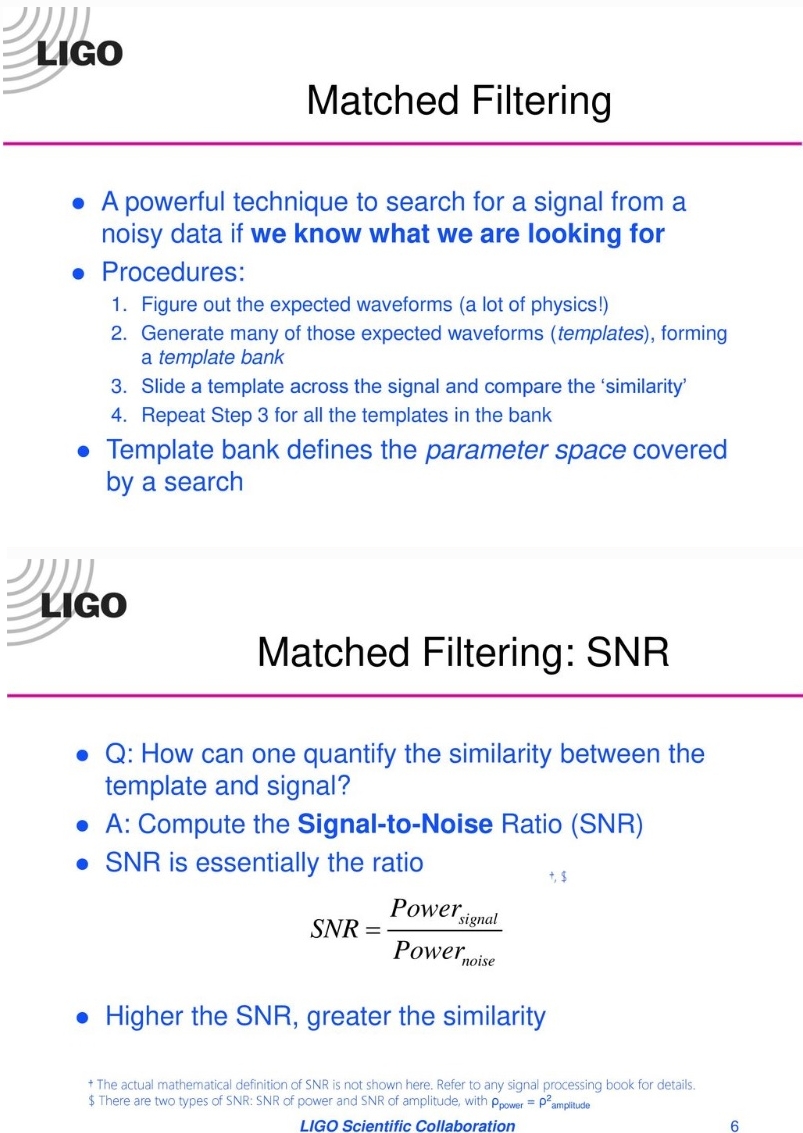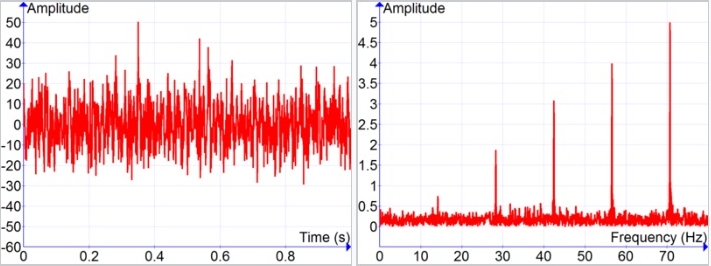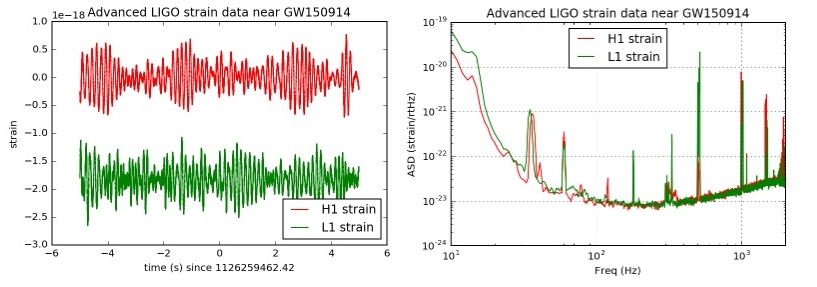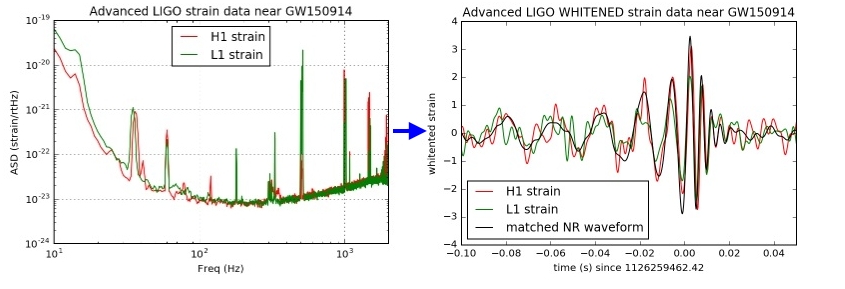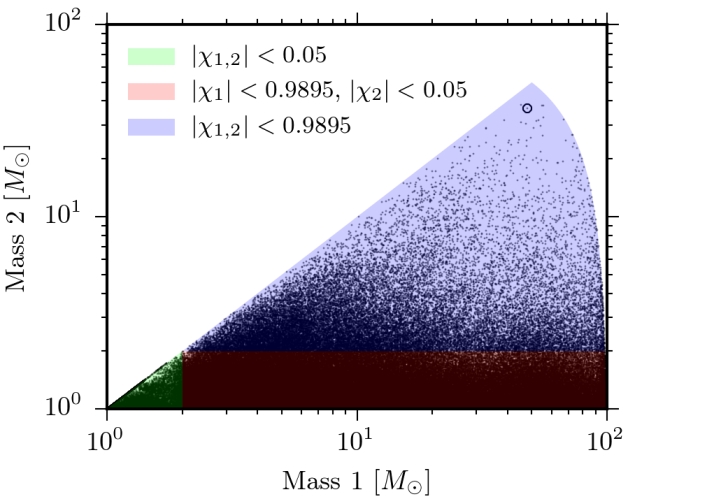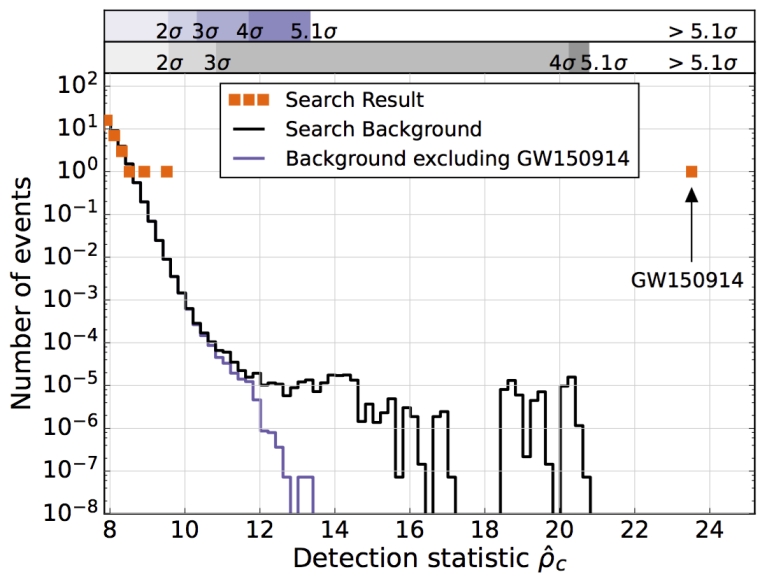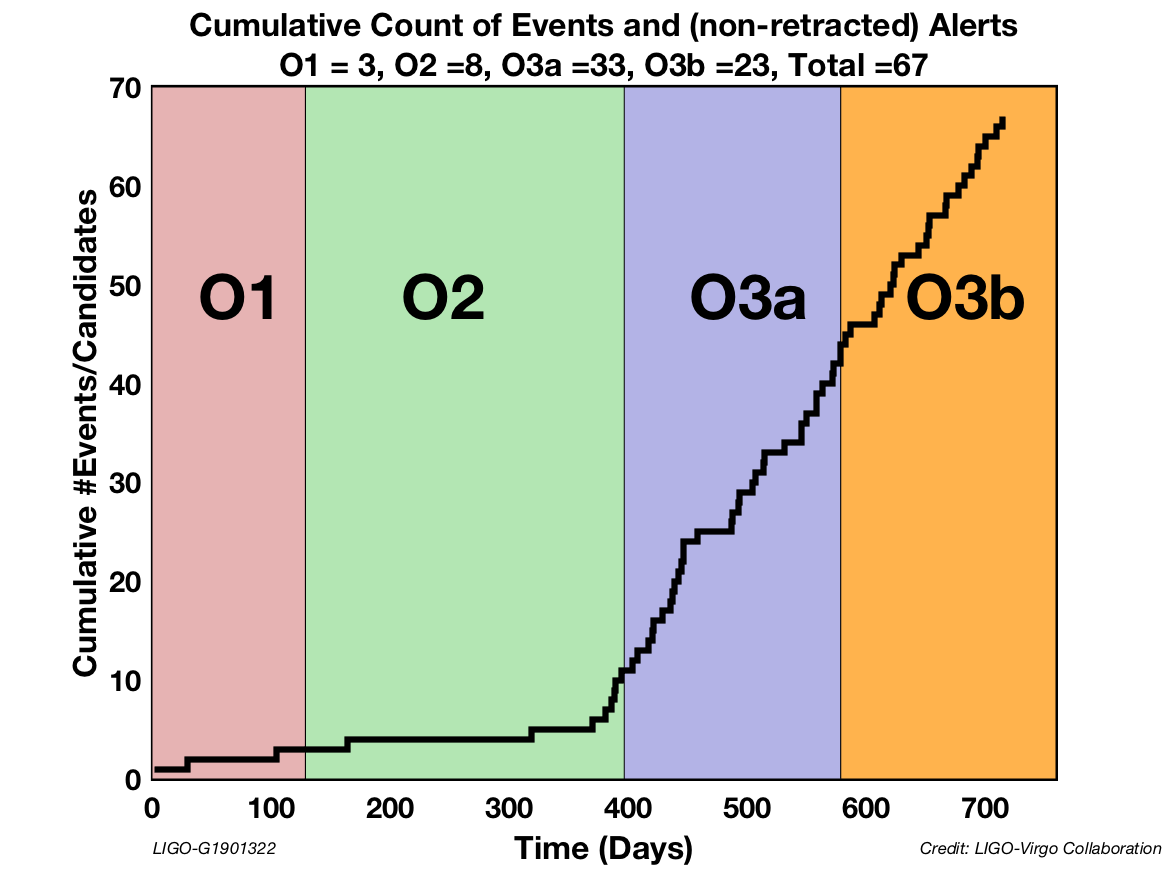Given the misinformation on LIGO’s O3 run exemplified by the lack of multi-messenger events (electromagnetic radiation associated with gravitational wave events), Christopher Berry from LIGO was kind enough answer a few of my questions to set the record straight.
Christopher Berry was one of the co-authors of the very first gravitational wave discovery paper.
Firstly are all SGRBs found assumed to be neutron star mergers or are there alternative mechanisms?
There have been alternative ideas for sGRBs, but at the moment it looks like we can explain them all with neutron star mergers. We'll need to observe a few more to sure that up.
Secondly during the O3 run I have used this database and found there have only been six definite SGRBs during this period.
Would the lack of a GW signal with these SGRBs be due to the limited detection range for neutron star mergers?
I haven’t seen any red shift data so I assume even the afterglow event is too faint (and distant) for measuring redshift.
sGRBs typically come from large distances. GW170817/GRB 170817A was luckily close. It's not surprising we can't find gravitational waves from all of them. We do dedicated searches to look for signals corresponding to gravitational waves. I expect those results from O3a will be out in a couple of months. Here are the results from O2 Search for gravitational-wave signals associated with gamma-ray....
Thirdly there is a lot of nonsense on the Internet that black hole mergers should also be multi-messenger events.
Can you state for the record this is not true or is it possible if there is an accretion disk?
My understanding is that accretion disks around stellar mass black holes are rare anyway.
If there is an accretion disc, it is possible there is an electromagnetic counterpart. For stellar mass binaries (instead of supermassive ones found in the centres of galaxies), that would be quite faint, so it's unlikely we'd observe anything at the distances we typically see binary black hole mergers. Small discs could be quite common, if they formed from material ejected during supernova which didn't quite escape. We don't really know yet though. I think Electromagnetic signals following stellar-mass black hole mergers is the most reasonable paper to look at.
Christopher Berry was one of the co-authors of the very first gravitational wave discovery paper.
Firstly are all SGRBs found assumed to be neutron star mergers or are there alternative mechanisms?
There have been alternative ideas for sGRBs, but at the moment it looks like we can explain them all with neutron star mergers. We'll need to observe a few more to sure that up.
Secondly during the O3 run I have used this database and found there have only been six definite SGRBs during this period.
Would the lack of a GW signal with these SGRBs be due to the limited detection range for neutron star mergers?
I haven’t seen any red shift data so I assume even the afterglow event is too faint (and distant) for measuring redshift.
sGRBs typically come from large distances. GW170817/GRB 170817A was luckily close. It's not surprising we can't find gravitational waves from all of them. We do dedicated searches to look for signals corresponding to gravitational waves. I expect those results from O3a will be out in a couple of months. Here are the results from O2 Search for gravitational-wave signals associated with gamma-ray....
Abstract;
We present the results of targeted searches for gravitational-wave transients associated with gamma-ray bursts during the second observing run of Advanced LIGO and Advanced Virgo, which took place from 2016 November to 2017 August. We have analyzed 98 gamma-ray bursts using an unmodeled search method that searches for generic transient gravitational waves and 42 with a modeled search method that targets compact-binary mergers as progenitors of short gamma-ray bursts. Both methods clearly detect the previously reported binary merger signal GW170817, with p-values of <9.38×10⁻⁶ (modeled) and 3.1×10⁻⁴ (unmodeled). We do not find any significant evidence for gravitational-wave signals associated with the other gamma-ray bursts analyzed, and therefore we report lower bounds on the distance to each of these, assuming various source types and signal morphologies. Using our final modeled search results, short gamma-ray burst observations, and assuming binary neutron star progenitors, we place bounds on the rate of short gamma-ray bursts as a function of redshift for z≤1. We estimate 0.07-1.80 joint detections with Fermi-GBM per year for the 2019-20 LIGO-Virgo observing run and 0.15-3.90 per year when current gravitational-wave detectors are operating at their design sensitivities.
Thirdly there is a lot of nonsense on the Internet that black hole mergers should also be multi-messenger events.
Can you state for the record this is not true or is it possible if there is an accretion disk?
My understanding is that accretion disks around stellar mass black holes are rare anyway.
If there is an accretion disc, it is possible there is an electromagnetic counterpart. For stellar mass binaries (instead of supermassive ones found in the centres of galaxies), that would be quite faint, so it's unlikely we'd observe anything at the distances we typically see binary black hole mergers. Small discs could be quite common, if they formed from material ejected during supernova which didn't quite escape. We don't really know yet though. I think Electromagnetic signals following stellar-mass black hole mergers is the most reasonable paper to look at.
The current record for multi messenger astronomy is in fact 0 from 6 for the O3 run as black hole mergers even with accretion disks are too faint (assuming they do exist) whereas none of the 6 sGRBs (short gamma ray bursts) observed in this period are likely to have been outside the detection range for GWs.Abstract;
It is often assumed that gravitational wave (GW) events resulting from the merger of stellar-mass black holes are unlikely to produce electromagnetic (EM) counterparts. We point out that the progenitor binary has probably shed a mass ≳10M⊙ during its prior evolution. If a tiny fraction of this gas is retained until the merger, the recoil and sudden mass loss of the merged black hole shocks and heats it within hours of the GW event. Whether resulting EM emission is detectable is uncertain. The optical depth through the disk is likely to be high enough that the prompt emission consists only of photons from its optically thin skin, while the majority may take years to emerge. However, if some mechanism can release more photons in a time comparable to the few-hour energy production time, the peak luminosity of the EM signal could be detectable. For a disk retaining only ∼10⁻³ of the mass shed in the earlier binary evolution, medium-energy X-rays to infrared emission would be observable hours after the GW event for source distances ∼500Mpc. Events like this may already have been observed, but ascribed to unidentified active galactic nuclei. Improved sky-localization should eventually allow identification based on spatial coincidence. A detection would provide unique constraints on formation scenarios and potentially offer tests of strong-field general relativity. Accordingly we argue that the high scientific payoff of an EM detection fully justifies search campaigns.
Last edited:


